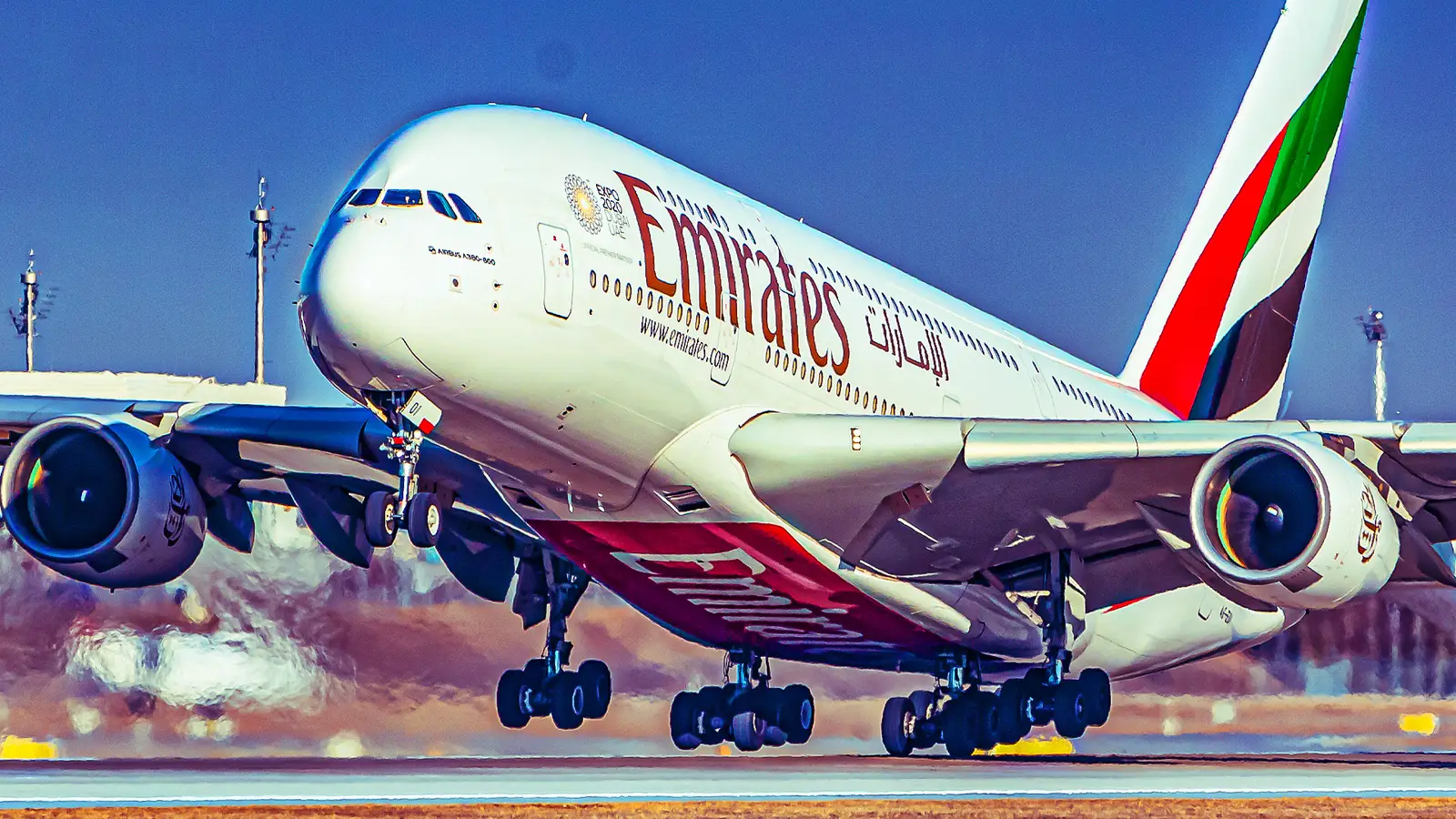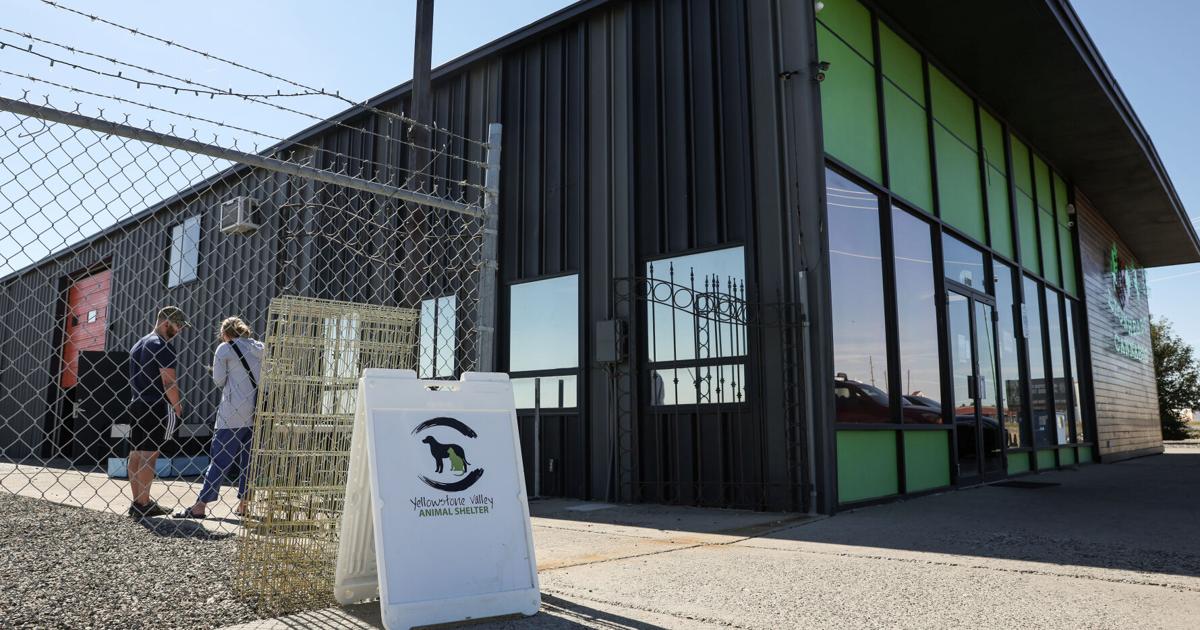Copyright Simple Flying

Emirates is the proud owner of the largest fleet of Airbus A380 super jumbo jets in the world. The in-service roster boasts over 100 of the type, and the airline flies roughly half of the total that was produced before the line shut down. Each year, Emirates has added more jets to its stables, but with the assembly line closed, where are they coming from? The carrier has purchased many planes from the lessor Doric Nimrod Air. Emirates has been buying the jets as their leases expire every chance that it has. This year, Emirates has agreed to buy four A380 from Doric Nimrod Air Three Limited, as Aerospace Global News reported. Last year, the airlines bought five from Doric Nimrod Air Two Limited, according to Business Insider. Emirates Keeping It In House The A380 assembly line closed at the Airbus Toulouse plant with the COVID-19 Pandemic’s crunch on air travel, and many airlines have retired their A380 fleets. Thai Airways has notoriously let its six examples rot on the back lot of Bangkok Airport (BKK). Others, like Malaysia Airlines, have scrapped half a dozen jets. There has been talk of Emirates potentially buying up these forlorn super jumbos at every occasion that they appear on the secondhand market. To date, however, the airline has preferred to acquire aircraft from lessors that it has a working relationship with. So far, none of the Emirates' A380s has worn a different livery before joining the grand fleet at Dubai. Some operators like Lufthansa and Qantas have brought out their double-deckers from storage in the surging post-COVID air travel era. The return to service of other A380s around the world and rising demand may offer an incentive for Emirates to buy up more, with its exceptional support infrastructure in place already. Emirates expects the giant jets to serve until at least the 2040s. That leaves over a decade for the carrier to potentially acquire other A380s in storage now and potentially being put up for sale by carriers like British Airways, Lufthansa, and Qantas. The Middle East has a uniquely strong market for these super jumbos, largely thanks to the pilgrimages by travelers from the large Muslim communities. Buying Out A380s Some operators, like the other airlines mentioned above, have financed their jets through Airbus Financial Services. Leasing companies also help with the burden of buying multi-million dollar jets with upfront costs as high as $450 million in the case of the A380. The largest owner of aircraft in the world is actually the Ireland-based AerCap. Emirates is a customer of AerCap as well but its A380 fleet is not part of that business. Emirates owns a large number of its A380s outright, and it has a variety of lessors that have helped fund the procurement of the others. The most recently purchased super jumbos came from three firms: Doric Nimrod Air Three Limited, Doric Nimrod Air Two, and Stratos. Planespostters.net shows that the airline has partnerships with many others, like Amedeo, Novus Aviation Capital, Investec, BBAM, and more. That strategy has allowed Emirates to build up the largest armada of A380s in the world, even having a customized terminal, facilities and ground support equipment (GSE) and its home base, Dubai International (DXB). Offsetting the full financial burden of the enormous price of 123 jets that cost over $400 million each (that’s a $54,850,000,000-dollar fleet) has kept the airline on a growth track despite the COVID-19 crisis and the declining economic case for quadjet fleets in general. Emirates’ Unique Airline Model Emirates does whatever it can to keep its super jumbos as full as possible throughout the year. Dubai International is largely responsible for that exceptional flow of air traffic. Located at the historic cross roads of the world, building on the legacy of the Silk Road, DXB has grown to be one of the largest and busiest airport hubs in the world. The airport helps millions of flyers make connections between Asia and Europe, Africa and Oceania, and more. That is just one element of the stunning travel nexus that exists in Dubai. The pilgrimages of the millions of members of the Sunni Muslim faith bring a great many to Dubai on Emirates jets. Of the three holiest sites in the religion, two are in Saudi Arabia: Mecca, Medina. This enormous endeavor of travel alone accounts for many flights per year in the kingdom. Dubai is also a powerhouse of industry, business, technology, and finance. The country is also a strong partner with the United States and hosts a highly capable aerospace sector for state-of-the-art commercial carriers, as well as the Royal Saudi Air Force (RSAF), which flies some of the best jets money can buy like F-15s and Eurofighter Typhoons. The kingdom has a long history as one of the pioneering nations of aviation in the Middle East and that has made it a titan of the industry in 2025. The Quirks Of The A380 The Airbus A380 is certified for as many as 853 seats in an all-economy layout. Typically, it carries around 525 flyers depending on the operator. Emirates has a 4-class configuration that seats 484 and a 2-class layout that seats 615 passengers. These numbers are much higher than any twinjet in the world, with 777s and A350s carrying less than 400 each. Interestingly, however, the A380’s passenger-optimized design made it an unsuccessful freighter. The big Airbus has a lower payload capacity than the 747 freighters it would have competed with, and the cost-intensity of reinforcing its airframe and decks to make the plane a capable pallet-hauler proved too great for prospective buyers. The jet was never able to secure any orders for a cargo variant, which significantly contributed to the demise of the line in 2021. The 747 was kept alive until 2023 largely thanks to cargo demand, with Atlas Air taking delivery of the last three ever made. The colossal seating capacity of the A380 and its staggering operating costs, around $25,000-$30,000 per flight hour, also made it impossible to convert any into private aircraft. Saudi Arabia planned an executive A380, but it was never completed. No government or charter company ever purchased one to make an A380 akin to the US Air Force’s 747 “Air Force One.” That also weakened the big jet’s business case powerfully. The A380neo And Emirates Emirates has been a strong advocate of renewed production for the A380 in the form of a re-engined, aerodynamically optimized, and updated airframe that they dub the “A380neo.” The jet is strongly desired by the carrier, but Airbus is less enthusiastic, citing insufficient global demand. The airline’s president, Tim Cark, has even spoken to the plane maker, but they basically told him that to even retool the line they would need $6 billion up front. As the world is shifting toward twinjets with small seat capacities but high fuel efficiency, so too is Emirates. Its efforts to get the iconic super jumbo jet back in the game have been for nought so far. In light of that, the carrier has ordered the upcoming Boeing 777X and may go for the Airbus A350-1000 as well if the recently acquired A35-900 impresses enough. These planes have 30-50% less capacity depending on configuration, but the operating costs are far lower. Super Jumbos are especially well-suited to Emirates and its unique network. The gigantic twinjets of the future will certainly serve the airline well, but they can never truly replace the sheer volume of the A380. Perhaps Emirates will successfully lobby Airbus for the new variant of the A380 before its last giants retire in the 2040s. Airbus has said it is open to restarting the line should enough market demand manifest, and it recently pulled the original prototype out of storage to begin testing a new hydrogen-powered open-fan engine. There may be hope yet. The Future Of The Global Fleet The screeching halt of air travel during the COVID-19 pandemic directly harmed the survival of quadjets. Airbus essentially closed the line because of Coronavirus’ impact, and the 747 didn’t last long in the aftermath. Since then, air travel has surged powerfully. Some airlines did away with their A380s, while some stored them. Still others were scrapped, but Emirates has kept flying and only seems to be growing. The delayed delivery of the 777X and A350-1000 have prompted some of the stored jets to reenter service and add capacity for airlines with high demand that can’t wait until the new twinjets arrive. Emirates is the class leader of A380 operators, and while it also has orders for the giant twins of the future, its super jumbo fleet is going nowhere fast. The renewed demand for flying in the post-COVID era has also been accompanied by higher interest in premium air travel, which Emirates and its A380s are famous for. We don’t yet know what the inside of an Emirates 777X will look like, but nothing compares with the incredible suites, bar lounge, and shower rooms aboard its luxurious double-deckers. There remains plenty of opportunity for Emirates to acquire more A380s from the other fleets around the world that are opting for twinjets, and perhaps even a chance to start a new variant if a super-efficient A380neo can be made.



